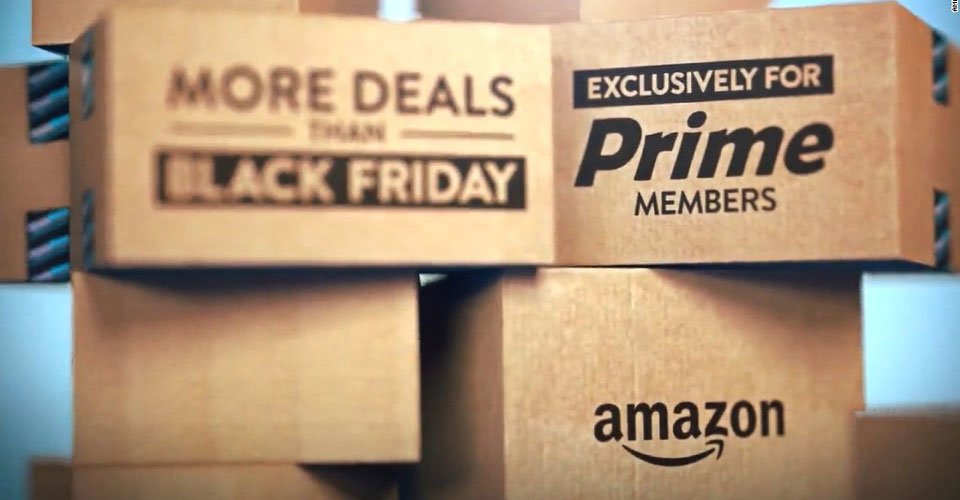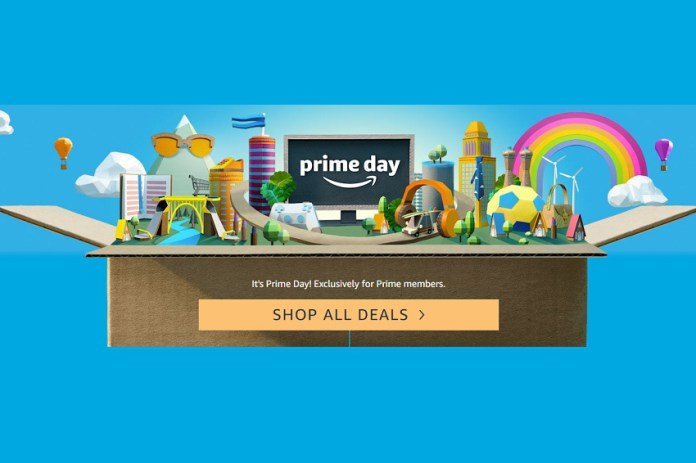The moment all prime members have anxiously awaited is finally here. Today, Amazon officiated the longest Prime Day in its history, offering the best deals across the website till midnight, Tuesday, July 17.
But while this may be a great opportunity for some shoppers to snag items on their wishlist for amazing discount, the biggest ecommerce sale of the year can also trigger overspending on unnecessary products, leading to financial regret later.

Amazon is celebrating its longest Prime Day where Prime members can access exclusive discounts and deals till Tuesday, July 17, midnight
Longest Prime Day
Amazon introduced its first Prime Day back in 2015 where it offered deals on various products on its website exclusively to Prime members but this year, the ecommerce giant has gone the extra mile by giving numerous rewards to Prime shoppers who use Amazon’s assistant Alexa to search for products, use their mobile app to purchase items or use Amazon Prime Rewards Visa to shop at Whole Foods
Last year, the company’s Prime Day broke sales records for both Cyber Monday and Black Friday, raking in $3 billion from shoppers who spent recklessly on items ranging from Amazon’s smart speakers to instant pot pressure cookers to whey protein and plush seahorses. This year, the ecommerce giant is expecting to bring in even more profits than last year – which is great news for the company but not quite for consumers who tend to overspend on products they don’t need in the first place.
Deceptive Pricing
One of the ways sellers lure Prime members into buying products is by listing a high before-discount price to make the deal seem more tempting than it really is. David Dritsas, who works as the editor of Brad’s Deals, a website that compares prices for products across the internet to hunt down the best deals, says that people who’re looking for lowest prices might be surprised to find out that Prime Day isn’t the best place to snag a discount.
Dritsas says that just because a product is on sale doesn’t mean that it’s being sold at the most attractive price. Often sellers will advertise a huge discount of up to 80 per cent, but that is usually off the original price, not the price at which it is being sold on the ecommerce website.
Amazon’s introduction of Prime Day has also led other competitors to hop on the discount bandwagon and offer various deals of their own. This means that there are plenty of other places where customers can find products at even a bigger discount than on Amazon Prime.
Finding Better Deals
On Friday, Target also announced its ‘red-hot summer savings’ sale on July 17 which will last all day today till midnight. The second-largest departmental store in the United States is selling most of its home branded items and Google products at 30 per cent off whereas beauty and personal care items are on a 25 per cent discount. Shoppers who spend more than $100 online are also being given a 6-month free membership from the company for their same-day delivery service.

Experts suggest taking your credit card information off of Amazon so that you spend more time in the checkout to think about whether you really need to make the purchase
Dritsas cautions that shoppers who are looking for the best deals on electronics may need to wait for a bit longer since discounts tend to get even steeper by the end of the year. So if you’ve been eyeing a television or a laptop but don’t need it right away, waiting till Christmastime for the best bargain may save you a ton of money.
How to Prevent Impulse Buying
There are a number of useful applications like Honey that allow you to do an in-depth research of a product you’re looking to buy and assess they price history to see if the deal you’re eyeing is a good one. This is extremely useful for impulse buyers who tend to look at deals as once-in-a-lifetime opportunity.
Experts suggest taking your credit card information off of Amazon so that you spend more time in the checkout which allows you pause and think about whether you really need to make the purchase. Coupons.com saving expert, Jeanette Pavini, says that it isn’t always the best move to sign up for Amazon’s reward credit card, since every new credit card you sign up for opens a credit enquiry which could become an obstacle down the road when you’re filing for a mortgage or loan application.










